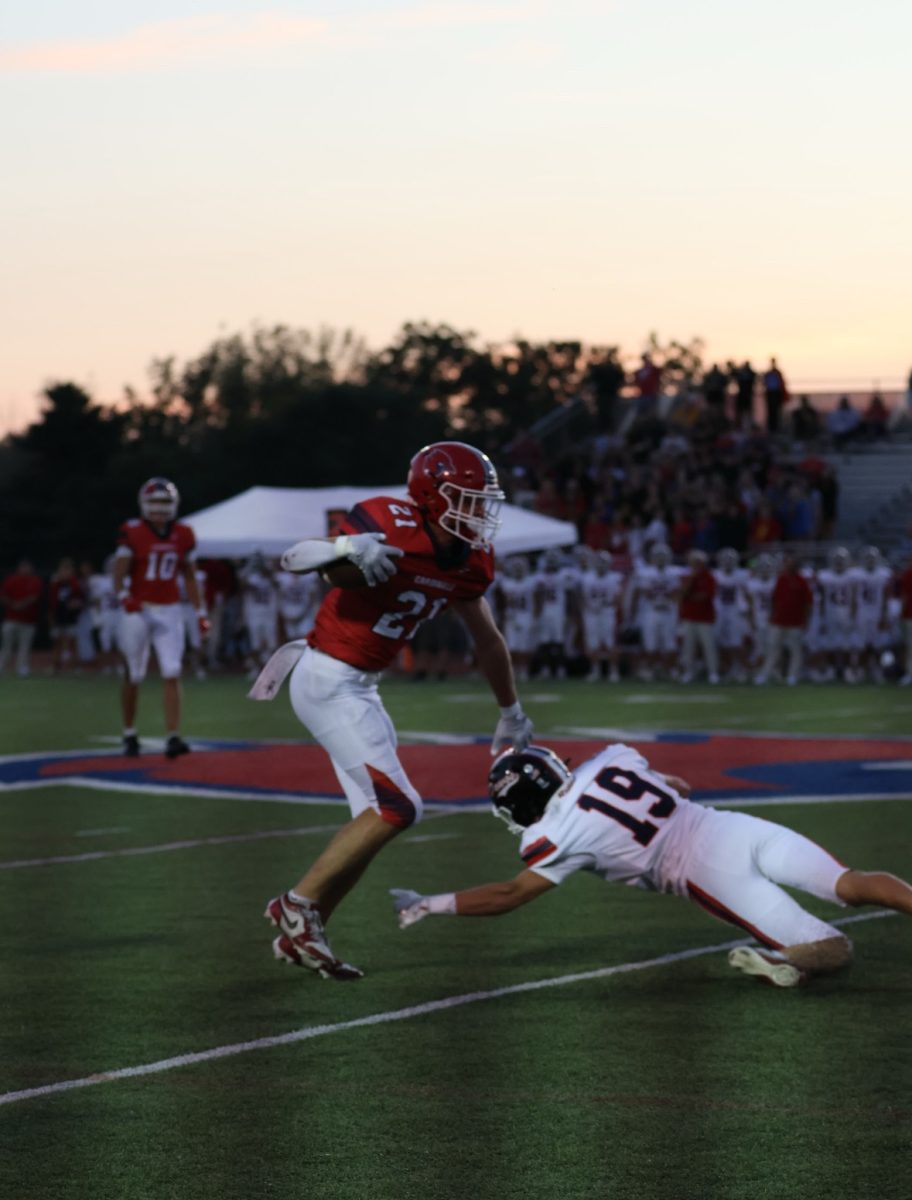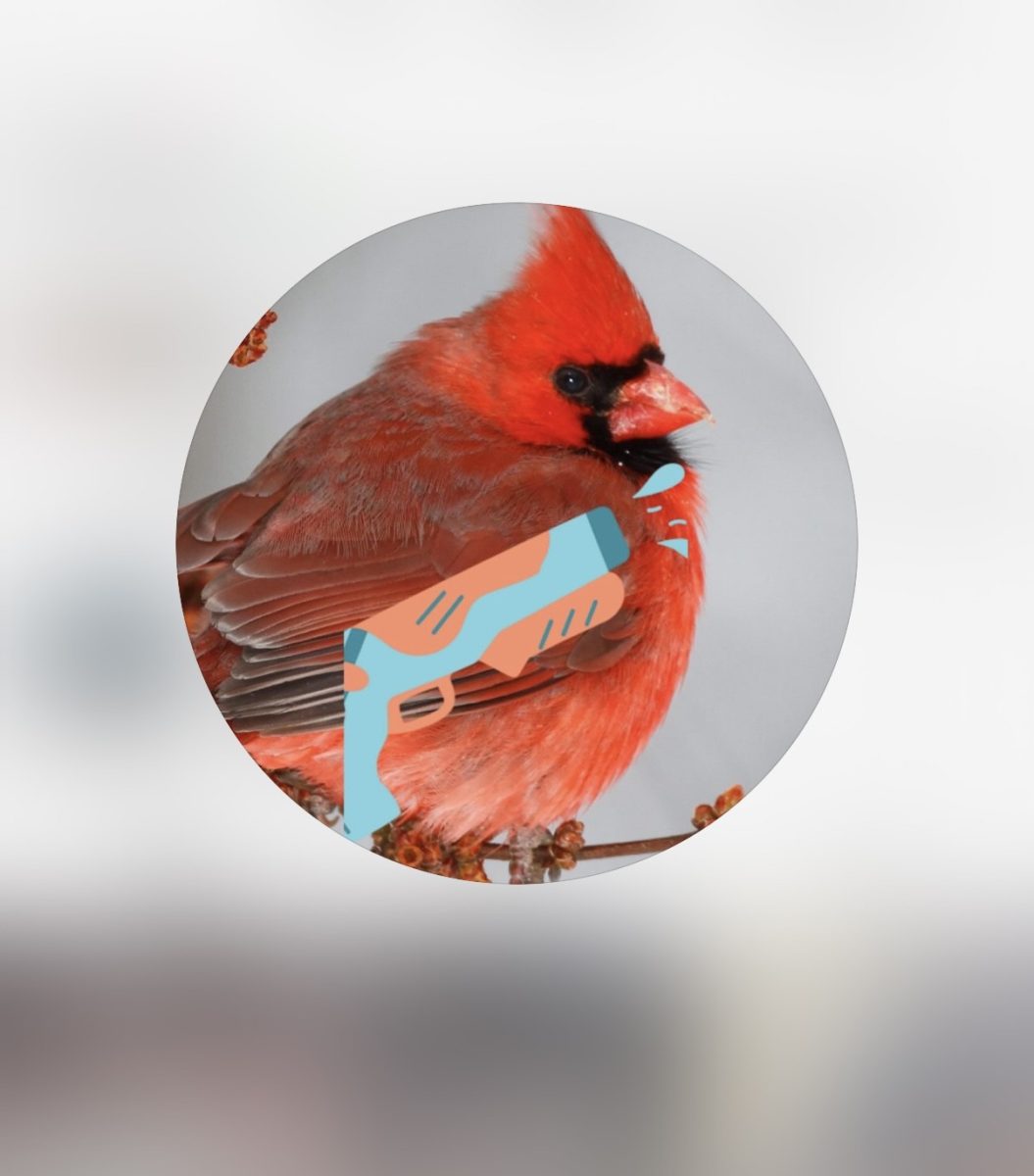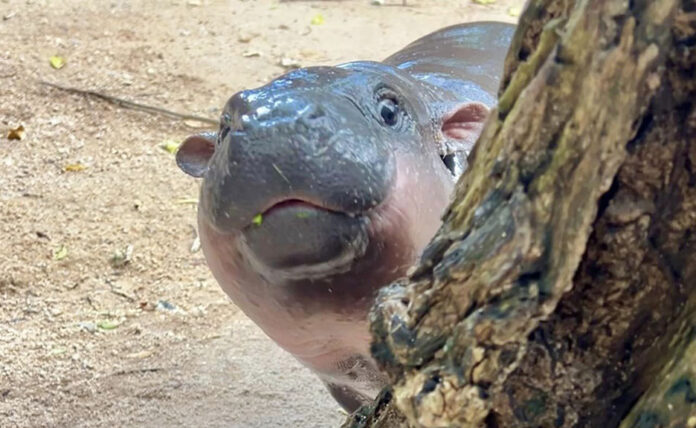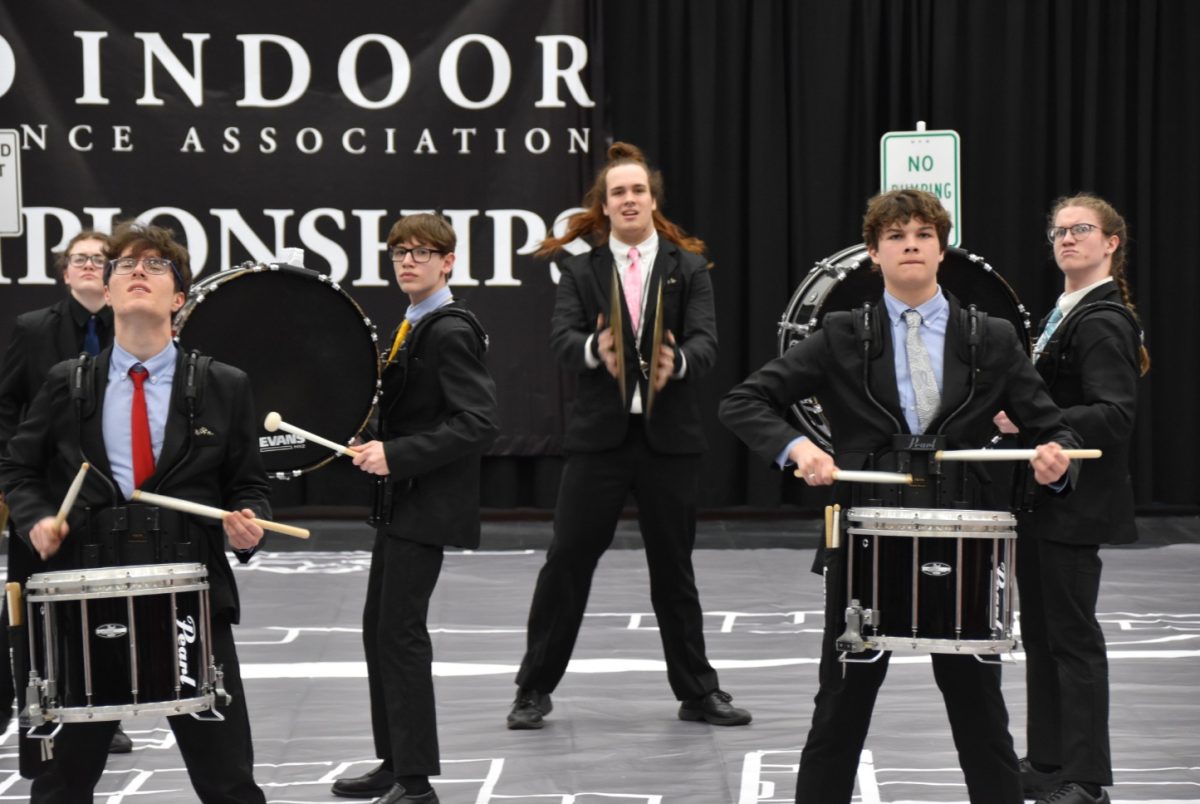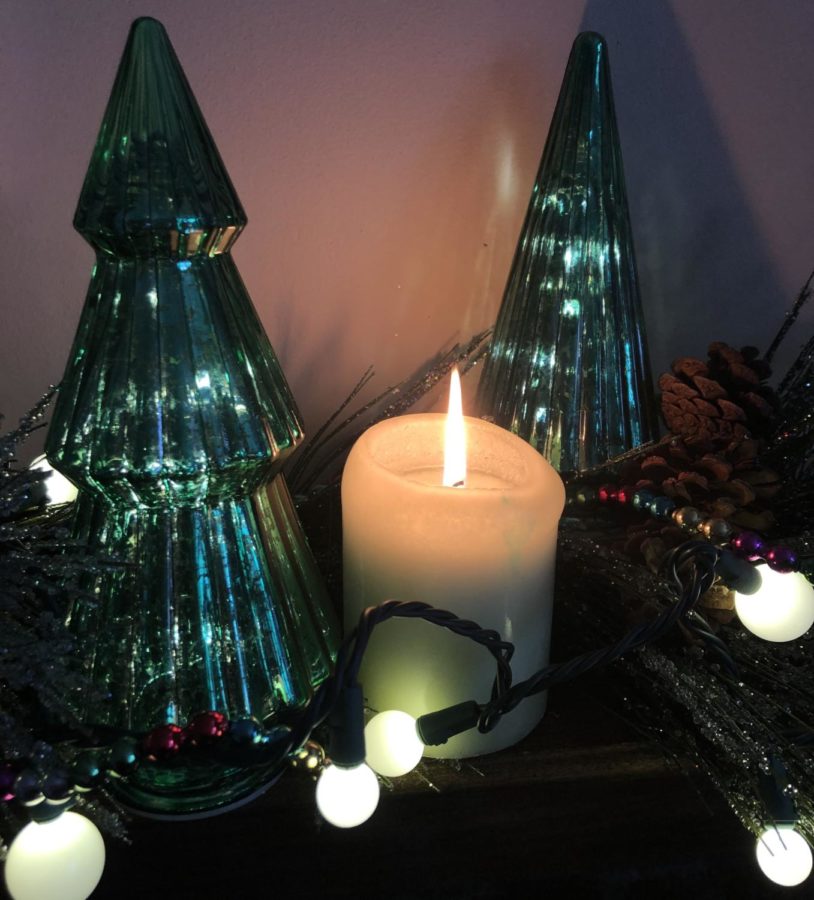Finding The Light on the Darkest Day
Traditions Abound Around Winter Solstice
December 19, 2021
What is so special about the winter solstice after all? The winter solstice occurs when the Earth’s poles reach the maximum tilt away from the sun. This results in the shortest day and longest night. After this day, the days will start getting longer and the nights shorter as spring approaches. In the Northern Hemisphere, the winter solstice lands on December 22nd, although depending on the year, it can be anywhere from December 20-23. In the Southern Hemisphere, the shortest day will land in June, the opposite of its northern counterpart. The winter solstice also marks the beginning of astronomical winter.
Historically, the winter solstice has been celebrated by many different cultures around the world. These celebrations include feasts, holidays, and symbols of light and fire. In Latin, “sol” and “stice” mean “sun” and “to stand still”.
Winter solstice celebrations go way back in many different cultures. Centuries before Christianity, the winter solstice was celebrated with rituals of light and fire. The rituals pushed the winter darkness behind and recognized the brightness ahead.
Humanity has celebrated the winter solstice as far back as around 10,200 BC during the Neolithic period of the Stone Age (History.com). Prehistoric monuments such as Newgrange in Ireland align with the sunrise on the winter solstice. These structures held religious purposes to neolithic people. Some theorists believe Stonehenge also was built for winter solstice rituals by Stone Age people, as it aligns with the winter solstice sunset.
In China, Dongzhi is the second most important festival. Dongzhi is the winter solstice festival and most nearly means “winter’s extreme”. During Dongzhi, there are family gatherings and people eat tangyuan which are rice balls that symbolize reunion. The rice balls are often pink and green. Each family member gets one large one and several small ones. Long ago, people of the same surname or clan would gather at their ancestral temple to worship on this day. The celebration of Dongzhi is grounded in ancient Chinese belief in the yin qualities of darkness and cold, so especially prominent during the winter solstice. The winter solstice also represents the turning to yang, the light and warmth, positive energy flowing in. The yin and yang philosophy of the cosmos revolves around balance and harmony.
The winter solstice also goes back in Native American culture and tradition. The Zuni, a part of the Pueblo people, celebrate the winter solstice as the start of the new year. There is fasting, prayer, observation of the rising and setting of the sun, and dance. The Zuni people perform a ceremonial dance called Shalako. The celebration lasts around four days.
Another winter solstice tradition is the Germanic Yule festival. The festival originated in Scandinavia and was celebrated by the ancient Norsemen. To recognize the sun returning, people would bring home huge logs. The “yule” logs would be lit and people would feast until they burned out. The festivities could last up to around twelve days. The embers from burning the log were believed to frighten away evil spirits. The Yule tradition is still celebrated today in the form of winter feasting around Christmas.
All around the world, the winter solstice is celebrated. The winter solstice is a sign of spring and brightness coming. Celebration of The Solstice traces back early in time, serving as a reminder that even on the darkest days humans have always had hope for the return of the light.

